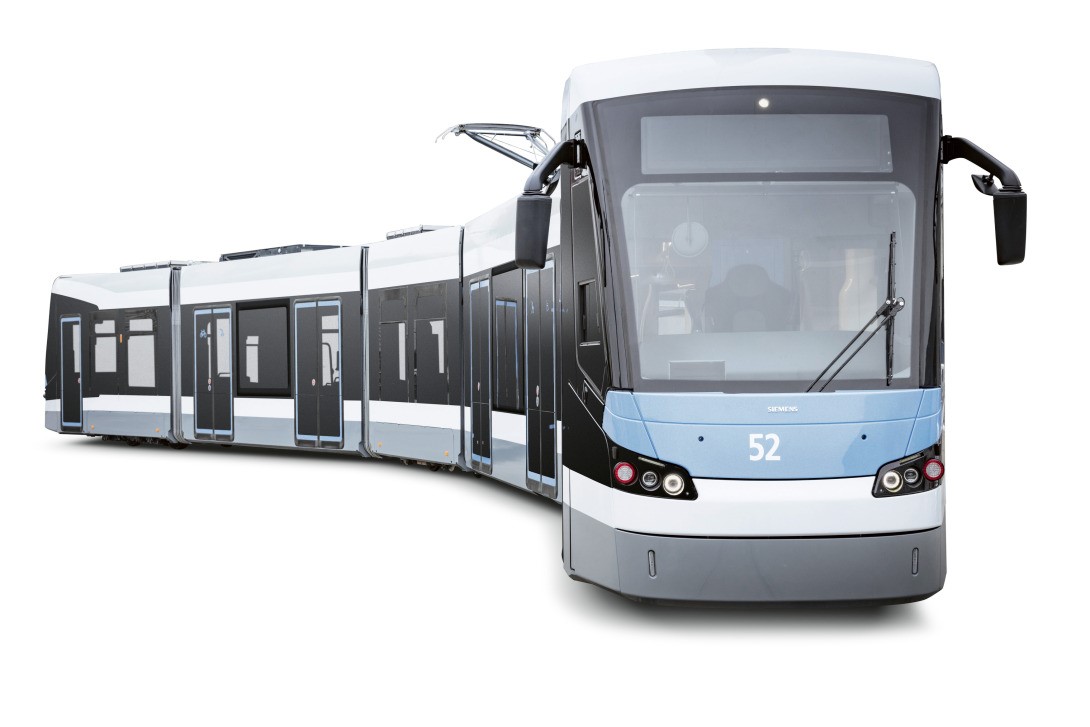


Author:Professor Dr. Peter Zec|2019-4-8(This passage is concurrentlypublished on the Economic Daily)
Globally,millions of people work outside their home, commuting from countryside to the downtown every day.They drive to other cosmopolitan cities, sometimes take bus, train or light railway. Mass transportation is safer than private car or plane when long journey is involved. They are not only helpful to the environment, but can facilitate the handling of business, spare time for reading and relaxation. But they also present some disadvantages: they are extremely crowded that might cause you to delay and the interior services sometimes cannot meet the demands of modern passengers. While the former can be solved by enhancing infrastructural quality, the latter can be solved by simply raising theawareness of high-quality design. Mass transportation system has long beenoverlooked. Light railway or buses have been viewed only as means oftransportation, and been mentioned only for their functionality. Because in many cities, passengers are presented with no better choice, aesthetics areoften neglected when designing the mass transportation vehicles.
However,if we cannot build a mass transportation system that attracts passengers, wecannot build a cleaner future for our cities. Except for alternative driving technologies and self-driving cars, the design of mass transportation tools has increasingly become the focus of public and private institutions. Since the 1970s, the light railway begins to grasp the public attention. There has been more and more agreement that the design of light railway should fit the planning of a city. The Avenior M Ulm light railway which won the Red Dot Design award has perfectly represents the above descriptions. The body of thetrain is designed to fit the operation requirements and available infrastructure of Ulm, a German city. The body is optimized to suit the steepness of the city and the modular design is equipped the vehicle with certain features. The train has a color that is particular for train operating company and adopts a streamline typical for power vehicles. This train is highly recognizable for the city dwellers. In the interior, the space is expanded,driver’s view extended, comfort level enhanced, bright and friendly color palette chosen, ergonomically designed seats and lockers installed and two major multi-functional areas designed to enhance the whole experience for passengers. Extra-wide single doors are designed to make sure a quick boarding and disembarking process.

TGV L’Océane
The application of design in long-distance trains is even more important. The interior of the train must be upgraded periodically to meet the need of passengers for change. First, the alternative plan for long-distance train is always airplane. Therefore, the improvement of long-distance train would raise profit dramatically. The TGV L’Océane from France which won the Red dot Award has been designed by experienced designers and marketing professionals and engineers for better interiors of train. The result is a high-speed train equipped with 556 seats that meet the demand of ergonomics. Those seats can accommodate the average body shape of current Europeans and provide multiple activities during the trip. Every seat has a wide armrest, enough space for lying down, a USB port,a foldable table, a reading lamp and an activity supporter. The seats in the first-class cabins can rotate and the counter is made of real wood to make passengers feel at home. TGVL’Océane provides a comfortable experience for various types of passengers, no matter for businessmen who want a business office o for tourists who want are relaxation room.
The potential for the design of mass transportation system remains untapped. In the future, different kinds of travel needs and specific tour route needs must be met. Cross-domain design teams could offer multiple solutions. Examples include deluxe cabin or train or window with extra view which enables passengers to appreciate the outside scenery. Strategies include the use of new materials and section of buses or light railway based on the time section of passengers, the installation of designers’ seats and sofas, etc. Those exciting developments are collectively expected by both passengers and mass transportation operating companies.

Press